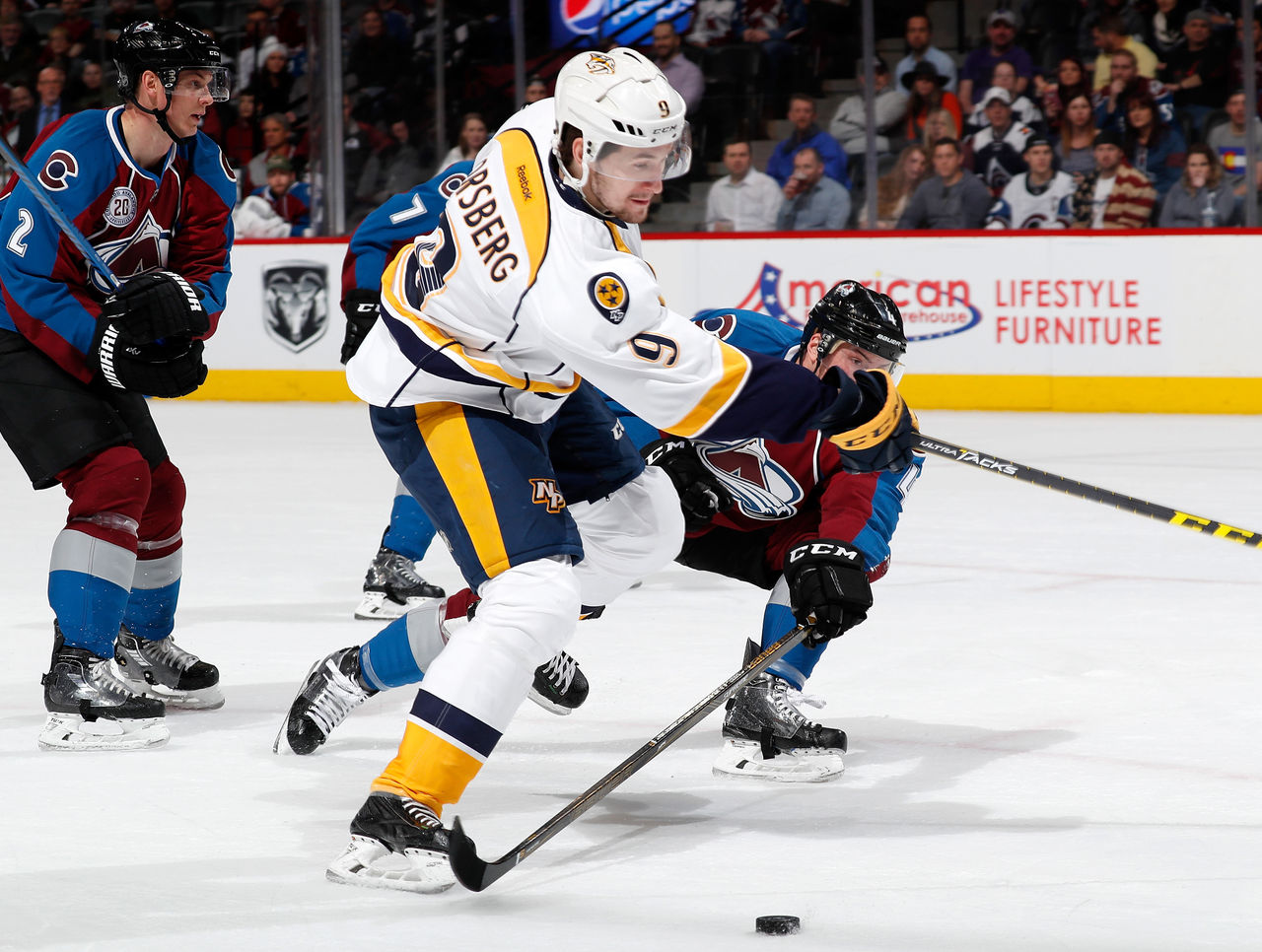5 advanced stats to help dominate your Fantasy Hockey league
A major flaw in both season-long and daily fantasy hockey is the unpredictable nature of the sport, and therefore, the statistics associated with it. Standard 5-by-5 fantasy scoring follows basic and readily found stats:
| G | A | P | +/- | PIM |
|---|---|---|---|---|
| SV% | SV | GAA | GA | ShO |
An issue at both ends of the rink is that each of these stats are largely prone to swings in luck and may not be truly indicative of how well, or how poorly, a player has been or will be performing. The growing acceptance of analytics in the (fantasy) hockey community offers a vital tool for both types of owners. These stats can be used to form a better idea of which players are over- or under-producing.
Here's a look at some essential statistics which can be used to gain an edge:

Zone-Start/Finish Percentage
A simple, but rarely considered concept, zone starts and finishes look at where on the ice players are beginning or finishing their shifts. The stat breaks the ice into the defensive, neutral and offensive zones, and tracks how many and what percentage of shifts are started or finished in each zone.
In terms of generating offense - what fantasy owners are interested in - forwards with a high offensive-zone start percentage (OZS%) should be sought after. More importantly, owners should seek players with a high or higher offensive-zone finish percentage (OZF%), as it doesn't do owners much good if a player starts his shift in the offensive zone but is then immediately driven backward.
The same applies for defensemen, with an extra emphasis on those capable of driving forward from the defensive zone to the offensive end of the ice. With point production rarer for defensemen, look instead for those who put themselves in more ideal plus/minus situations.
A cheap DFS source of players with ideal zone starts/finishes are younger wingers paired with a quality center. Pittsburgh Penguins RW Conor Sheary played much of last season with C Sidney Crosby and led all players with at least 40 games played in OZF%.

PDO
Though not in fact an acronym, PDO is the sum of a player's on-ice shooting and save percentages, where 1000 is considered an average, with anything above that number expected to regress, and anything significantly below the number expected to improve.
Among forwards with at least 50 games played in 2015-16, Minnesota Wild LW Erik Haula led with a PDO of 1060. His on-ice shooting percentage was 12.11 percent and his on-ice save percentage was .939 or 939. New Jersey Devils C Jacob Josefson ranked last among players with 50 GP, coming in at 934. His shooting percentage was 2.16 percent and his save percentage was 912.
PDO is useful in determining the validity of "hot streaks," and it can help decipher the overall quality of a player. If they're producing at a high rate with a near-average PDO, their value can be considered stable.

Corsi
Separated into Corsi For and Corsi Against, both stats should be looked at in terms of per-60-minutes of 5-on-5 play. These two CF60 and CA60 numbers can then be used to find CF%, which is the percentage of shot attempts a player's team generate while he's on the ice.
The stat looks at all shot attempts, regardless of whether they're blocked or miss the net. Any shot directed remotely toward the net is considered a positive play, and is indicative of a player's team spending time and generating offense in their opponent's end of the ice.
Recently-signed Edmonton Oilers LW Milan Lucic led the league last season (while with the Los Angeles Kings) with a 59.45 CF%. His team generated 426 more shot attempts than their opponents while he was on the ice.

Fenwick
Very similarly to Corsi, Fenwick tracks shot attempts as a general measure of puck possession. The biggest difference is the exclusion of blocked shot attempts from the data, as Fenwick deems shot blocking to be a skill, and not a luck-based factor.
While this isn't a hard-set rule, and many instances of each scenario can be found within the average hockey game, Fenwick can be a more accurate stat. Just like Corsi, Fenwick is broken down into unblocked shot attempts for and against, with a higher Fenwick For Percentage being the more desirable player trait.

Average Shot Distance Against
Advanced stats are yet to truly provide accurate readings for goaltenders, with their most meaningful stats coming from team-based possession figures. The more time a goalie's team spends at the other end of the ice, the better it is for the goalie. In theory.
One quality measurement, however, comes in Average Shot Distance. The longer the average shot distance (the further it is from the net), the higher the quality of a team's defensive system, and the better it is for the goaltender. Kings G Jonathan Quick had the easiest job last season, as the shots he faced came from an average distance of 38.21 feet.
Resources
An issue in growing the acceptance and use of these "advanced stats" has been the reluctance of the mainstream media and hockey broadcasters to validate them. That said, a variety of great sites operated by fans of the sport exist, and provide excellent, up-to-date information:
corsica.hockey
behindthenet.ca
stats.hockeyanalysis
Puckalytics
Hockey Analytics
Own the Puck